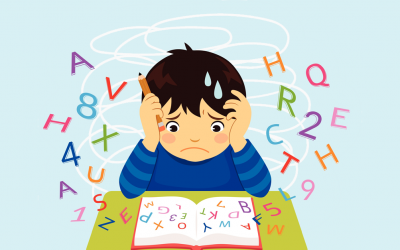As an adult, you’ve surely tried to encourage empathy in your students, right? But… are you truly aware of how important empathy is in teaching? Let us explain!
Empathy is an essential skill in education, as it allows teachers to connect with their students and understand what they are experiencing. This connection is key to creating a learning environment where students feel valued, understood, and motivated to participate actively. An empathetic teacher not only recognizes their students’ emotions but also takes action to support them in ways that promote their well-being and academic development.
Empathy enables more open communication, allowing students to feel comfortable expressing their concerns and challenges. This, in turn, strengthens the teacher-student relationship, fostering an atmosphere of trust and mutual respect.
When a student displays disruptive behavior, an empathetic approach leads the teacher to look beyond the surface. It’s important to remember that such behavior often signals deeper issues, such as emotional, family-related, or academic difficulties. By taking the time to understand these potential causes, the teacher can offer more appropriate support by adjusting their teaching strategies to meet the student’s specific needs.
Moreover, empathy in teaching not only benefits students but also enriches the teacher’s professional experience. An empathetic approach allows teachers to feel greater satisfaction in their work, knowing they are meaningfully contributing to their students’ personal and academic growth. This improves classroom dynamics and fosters a more inclusive and collaborative school environment.
What can you do to strengthen your empathy?
1. Get to know your students
- At the beginning of the school year, use surveys to learn about your students’ interests, hobbies, cultural backgrounds, and expectations. This will help you better understand their perspectives and needs.
- Hold one-on-one meetings to talk about their goals, challenges, and any concerns they may have. These conversations can reveal a lot about their lives outside the classroom.
- Set aside time during the week for students to share how they’re feeling. This allows them to express their emotions and helps you understand their emotional state.
- Here’s a back-to-school activity to help you get to know your students—and for them to get to know you!
2. Practice active and reflective listening
- When a student talks to you about a problem or concern, practice active listening—avoid interrupting and show genuine interest in what they’re saying.
- Pay attention to nonverbal cues such as body language and facial expressions. These often communicate more than words about how a child is feeling.
3. Adapt your teaching to emotional needs
- Adjust your teaching methods to support students’ emotional and academic needs. For example: allow extra time for certain tasks, use materials that reflect their experiences, or create activities that promote collaboration and mutual support.
- Ensure your classroom is a safe space where students feel comfortable sharing their thoughts and emotions without fear of judgment.
- Integrate social-emotional learning activities that help children explore their feelings, build communication skills, and practice empathy with peers. You can use our Kokoro Kids app, which includes games designed to work on emotion identification, emotional expression, and self-regulation. We also offer a Daily Mood Journal feature that allows children to log how they feel each day.
4. Develop cultural understanding
- Learn about your students’ cultural backgrounds. Understanding where they come from can help you empathize with their experiences and adjust your teaching to be more inclusive.
- Use materials and resources that reflect your students’ cultural diversity. This not only validates their experiences but also enriches the learning experience for everyone in the classroom.
In conclusion
Empathy in teaching is fundamental because it enables teachers to connect with their students by understanding their emotions, needs, and challenges. This connection strengthens the teacher-student relationship and creates a safe, inclusive, and respectful learning environment where students feel valued and understood. Ultimately, empathy enriches the educational experience and plays a key role in shaping more resilient and empathetic individuals in society.






